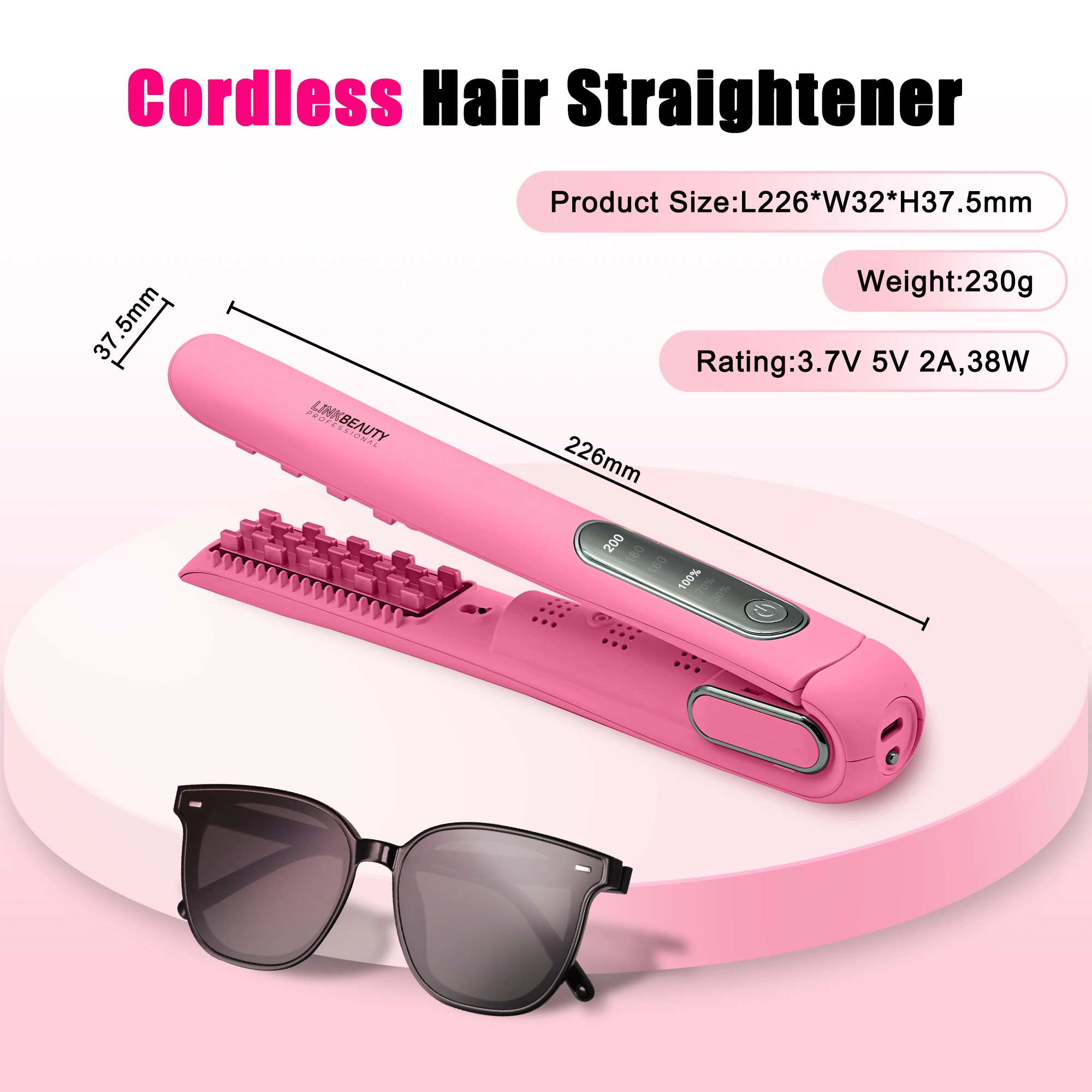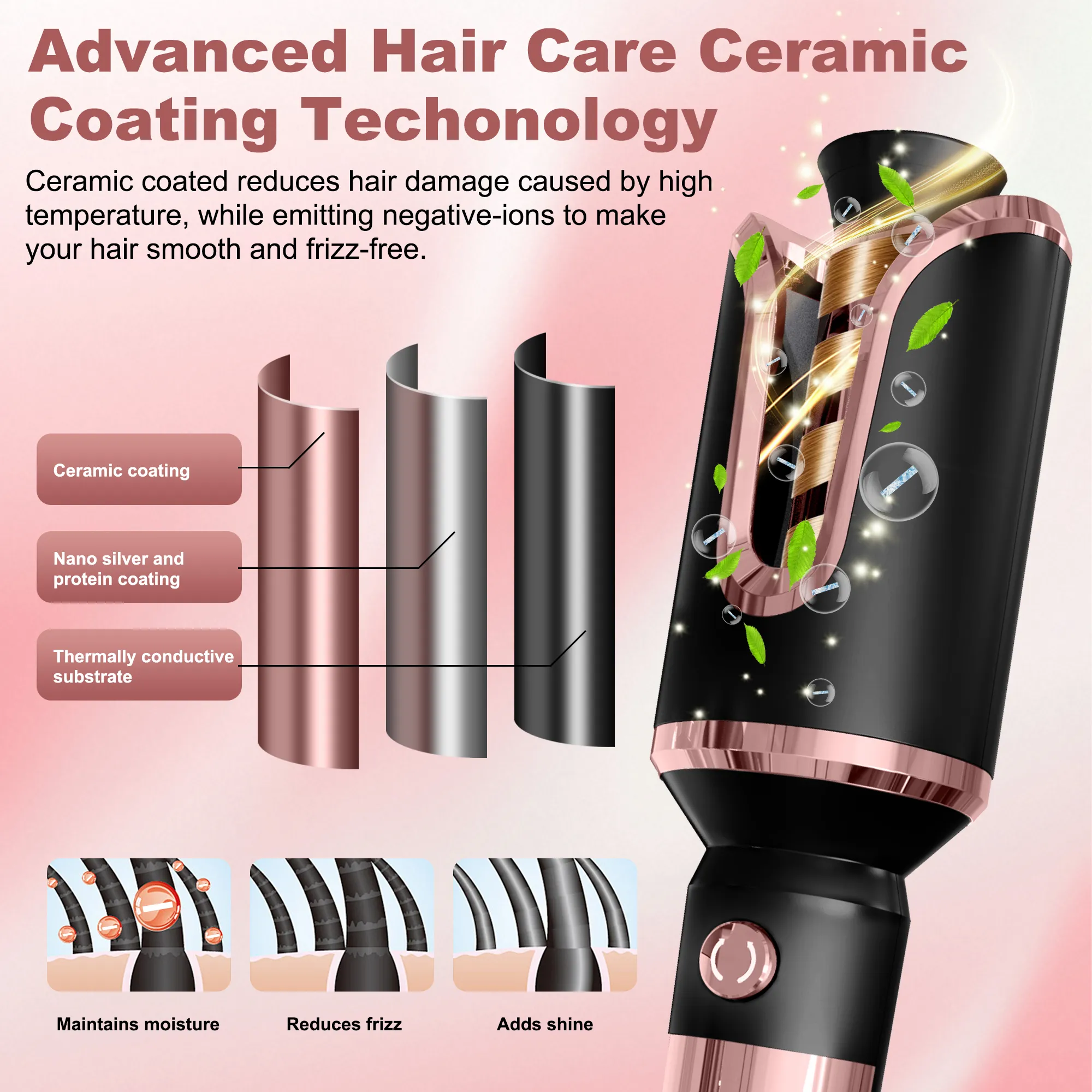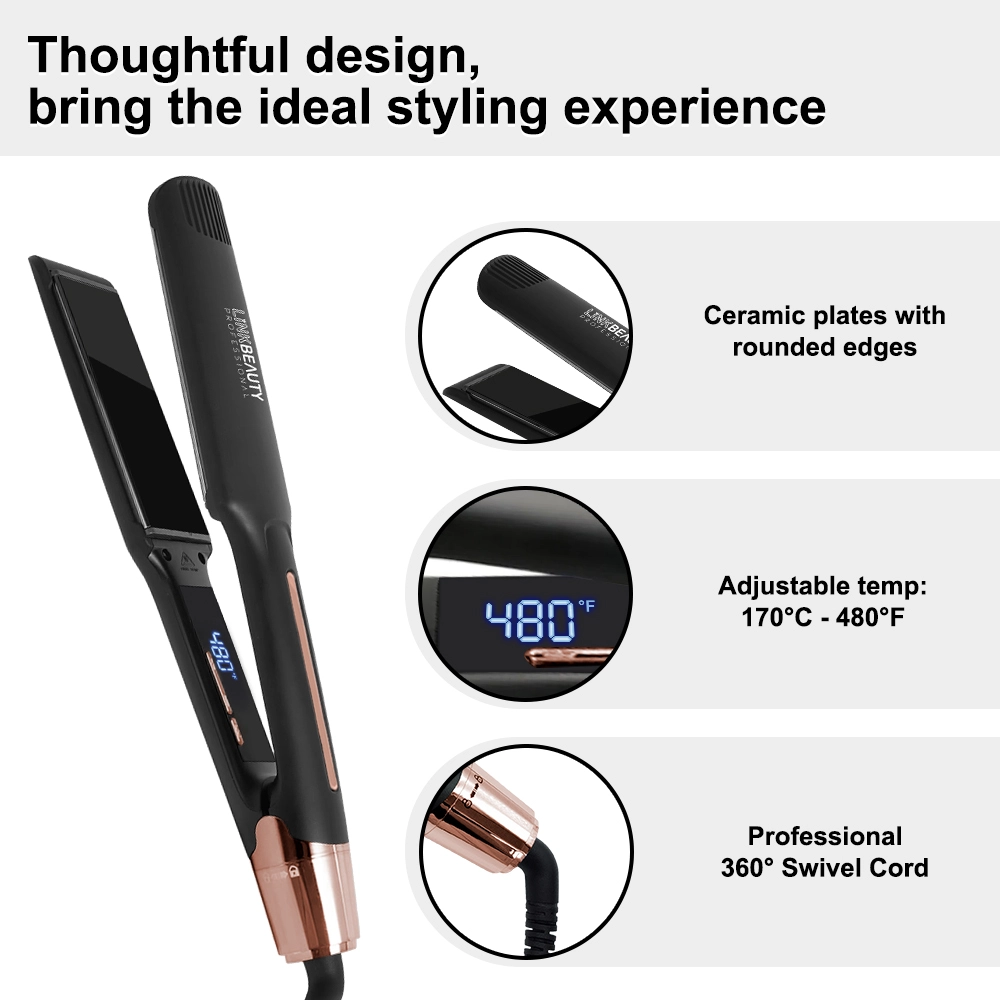People often wonder, Do hair straighteners eat up much electricity? As we all try to save energy and live greener, it’s good to get the real scoop on how our everyday beauty gadgets work. This piece dives into the true power draw of hair straighteners. It stacks them up against other home stuff. Plus, it covers how power ties into how well they work, what they cost, and if they hurt your hair.

How Much Power Do Hair Straighteners Pull?
Most hair straighteners run on 20 watts for tiny battery ones up to more than 150 watts for pro-level ones. But they’re not all alike. What they use depends on things like how they’re built, the tech inside, and what they’re for.
Power Use Based on Hair Type
Hair comes in all sorts, so you need different heat levels. That changes how much energy they take. Take these examples:
- For fine or beat-up hair, you want milder heat (140°C to 160°C). That keeps power low.
- For thick or rough hair, crank it up to 200°C. That pulls more juice.
The L007 Fast Heating Wireless Flat Hair Straightener gives you four options: 160°C, 180°C, and 200°C. It handles everything from soft and fine to damaged, tough, or coarse hair.
Power by Tech Type
Tech has stepped up, making these tools use less energy while still getting the job done.
Take the Hair-M8806 Air Straightener. It has a 110,000 rpm fast motor. Air blasts out at 23m/s for quick dry and straighten. Top heat is 320°F, way under the 440°F of old-school ones. So it’s strong but easy on power.
Battery-powered ones usually sip less because of their small packs. The L902 Portable Cordless Travel Straightening Flat Iron packs a 4500 mAh battery. You get 30–45 minutes from one charge.
What’s Out There on the Market
You can find everything from pocket-sized travel buddies to heavy-duty salon gear:
- The Mini Hair Straightener Comb M5005 is super small at 3.2 x 1.4 x 3.5 inches. It weighs just 0.3 lb. Perfect for quick jobs.
- Pro picks like the L168 LED High Temperature Hair Straightener bring salon vibes home. They use ceramic plates and work on 100V to 240V.
Will More Power Mean a Fatter Bill?
Folks sometimes figure high power adds up big on the electric bill. But let’s break it down.
How to Figure the Real Cost
Here’s the math for electricity bills:
Power (Watts) × Time (Hours) ÷ 1000 = Kilowatt-hours (kWh)
Multiply that by what your power company charges per kWh.
Say you use a 100-watt one for 30 minutes each day: 100W × 0.5h ÷ 1000 = 0.05 kWh/day At $0.15 per kWh, that’s $0.0075 a day. Over a year, about $2.74.
High-power ones won’t ding your wallet much unless you’re running them non-stop.
How Straighteners Stack Up to Other Gadgets
Put them next to things like dryers or ovens:
- A pro blow dryer, like the “2005” model, gulps up to 2000W. Thanks to its 110,000 rpm brushless motor.
- Ovens typically hit 2000–5000W.
Straighteners? They’re lightweights on power.
What Really Counts Is How You Use Them
Your habits matter way more than the power rating. A low-power straightener fired up daily will use more over time than a beefy one you barely touch.
Does More Power Always Mean Better Results?
Nope. How well it works comes from smart design, not just brute force.
Why Go High-Power?
More watts often heat up quicker and hold steady. Handy for thick or long locks.
The Hair-M8806, for instance, warms in a second with its speedy air flow. Great for fast fixes that still look good.
The Sweet Spot in Mid-Power
Stuff rated 65W–150W hits a nice balance of punch and thrift:
The L372 Automatic Hair Curler runs on 65W. But its PTC heater proves clever engineering beats big numbers.
What Buyers Want in Different Places (For Business Folks)
Where power outlets vary (110V or 220V), folks love gear that handles both:
The L168 takes 100V–240V. That’s a win for sellers shipping worldwide.

Tips for Picking a Power-Smart Straightener
You don’t have to skimp on style to save energy. Go for ones with built-in smarts.
Features That Save Juice
Hunt for stuff like:
- It turns off on its own if you forget (M8806 does it after three minutes).
- IntelliSense that only runs air when you need it on hair.
- Quick ceramic plates that shorten your time, like the L007.
These cut waste and keep things safe.
Checks and Standards
Even if not shouted on the box, seek marks like CE for Europe, ETL for the US, or RoHS. They mean it’s made safe and green.
How to Sell It (Marketing Tip)
Stores should play up the green side and ease:
“Compact and Portable: Light build with a bag for stashing. Ideal for trips or quick touch-ups.” Draws in road warriors and folks who dig simple, earth-friendly living.
Can Power Lead to Hair Wreckage?
More power doesn’t spell disaster for your strands. It’s more about keeping heat in check and good plates.
Safe Heat Levels
Pros say under 350°F (177°C) keeps risks low:
M8806 tops at 320°F. Safer than ones blasting to 440°F.
You can tweak settings to fit your hair, instead of always maxing out.
What’s Up with Heat Hurt?
Too much heat snaps those tiny bonds in your hair. Way too much can wreck the keratin for good if you overdo it.
But here’s the cool part:
“Our edge is gentle heat with fast ionic air. It smooths and guards hair without messing up the proteins.”
Less time baking, more flow, and it works.
Tech That Guards Your Hair
New ones pack negative ions and plates that float:
“Negative ions lock in moisture. Less frizz, splits, or knots,” like on the L007. Floating ceramics spread heat smooth. No yanks or snags.
This setup makes hot styling kinder if you play it right.

Wrapping It Up: Straight Talk on Straightener Power
Hair straighteners don’t guzzle power like most home gear. They barely nudge your bill, especially the smart ones. Things like heat smarts, zippy warm-ups, auto-off, and no-cord freedom keep energy low. You still get killer looks and peace of mind.
Quick Shopping Tips
For your next pick:
- Get ones with heat dials.
- Grab auto-shutoff.
- Battery types if you’re always moving.
- Ionic or ceramic plates.
- Dual-voltage for jet-setters.
Get Yours: Link Beauty’s Line-Up
Time for better? Link Beauty has fresh picks that mix great style with low power use. Think speedy air ones like M8806 or tiny battery gems like L902. They slot into your routine without spiking costs or watts!
FAQ
Q: How do I spot an energy-smart straightener?
A: Look at heat tweaks, auto-off, and quick warm-up tech. Certifications like CE, ETL, or RoHS signal green builds. Ceramic or ionic ones often sip power better.
Q: Does longer hair change the power draw?
A: Not right away. But thick or long stuff might mean more time or hotter settings. That ups use. Adjustable heat helps match your length and save some.
Q: Do battery straighteners beat plugged-in for saving power?
A: They pull less thanks to small batteries. But it hinges on how you use ’em. Fine for quickies, but recharges add up if you’re heavy on it.



